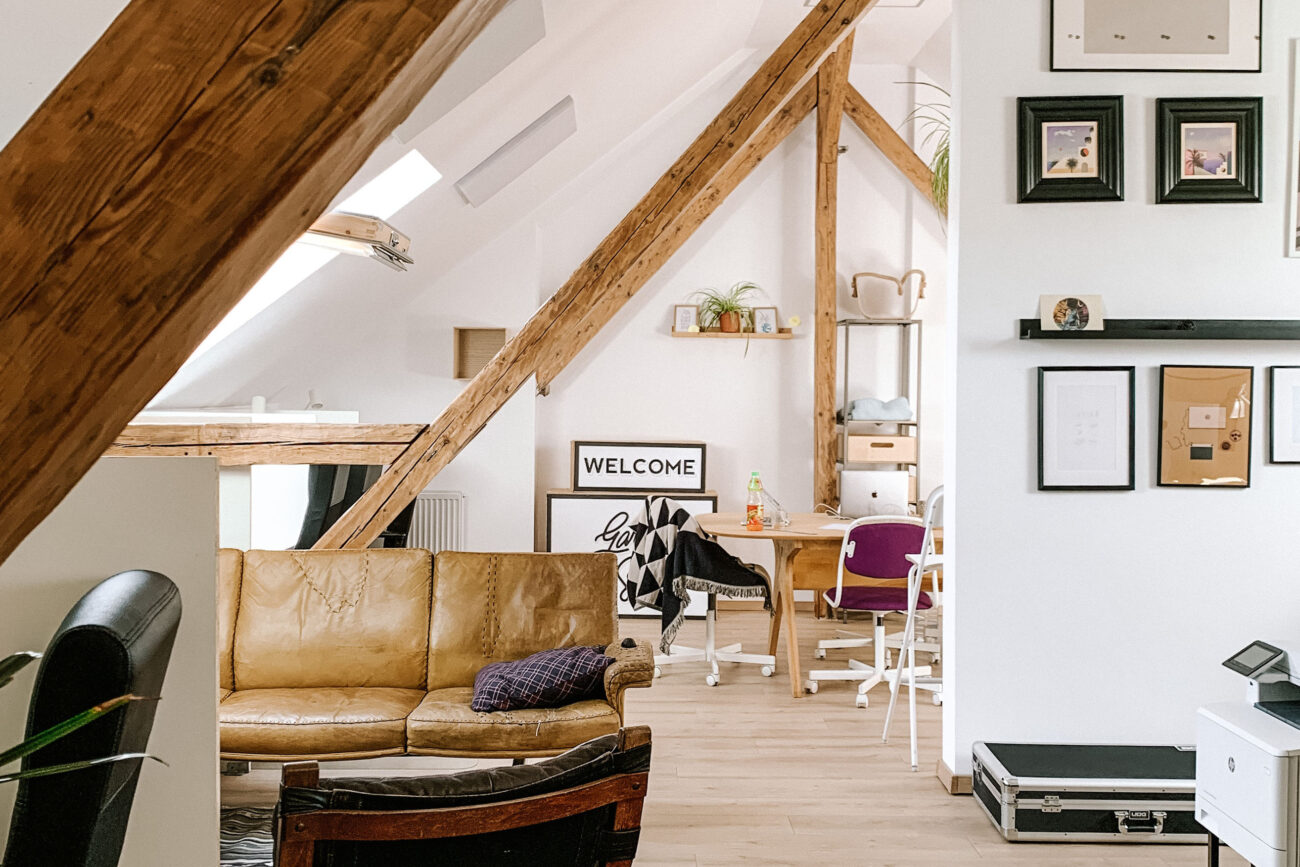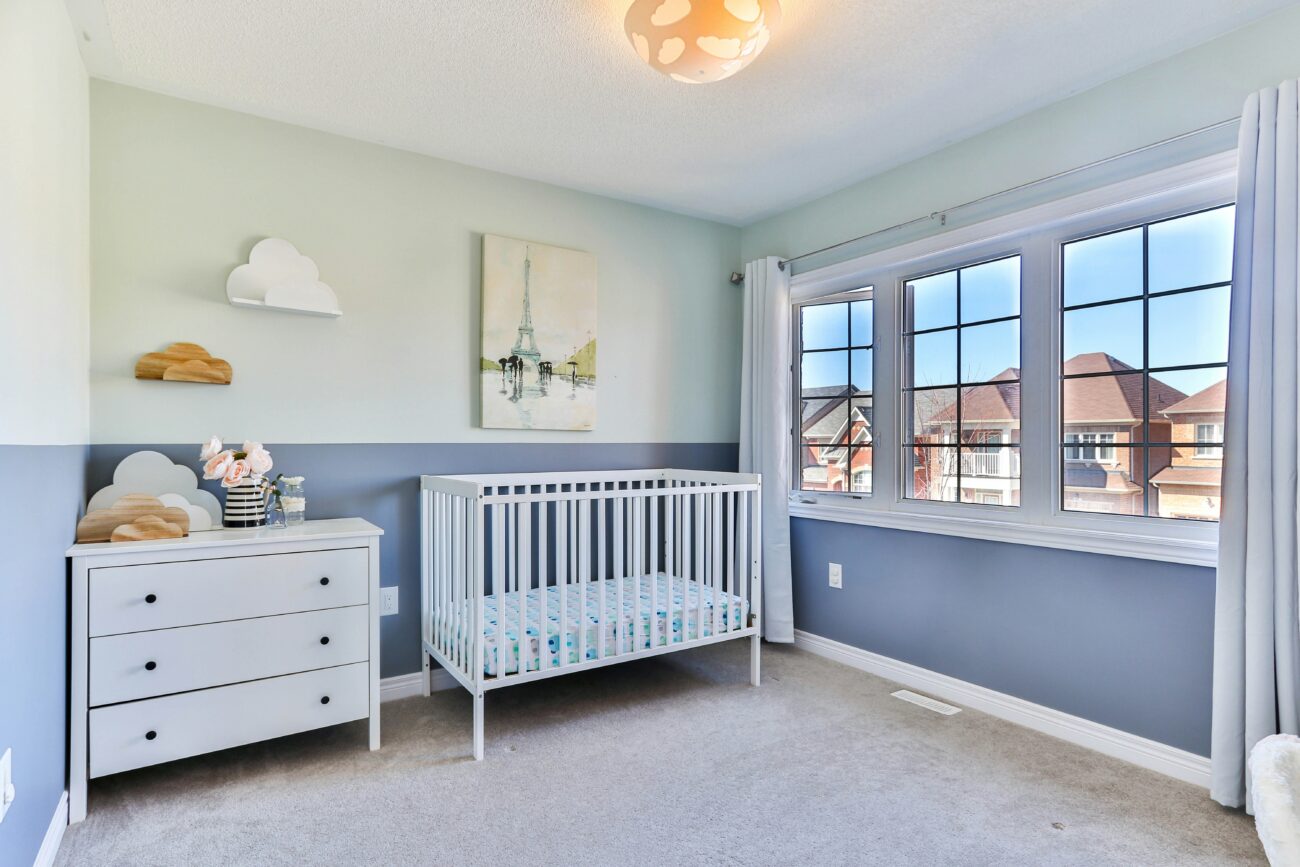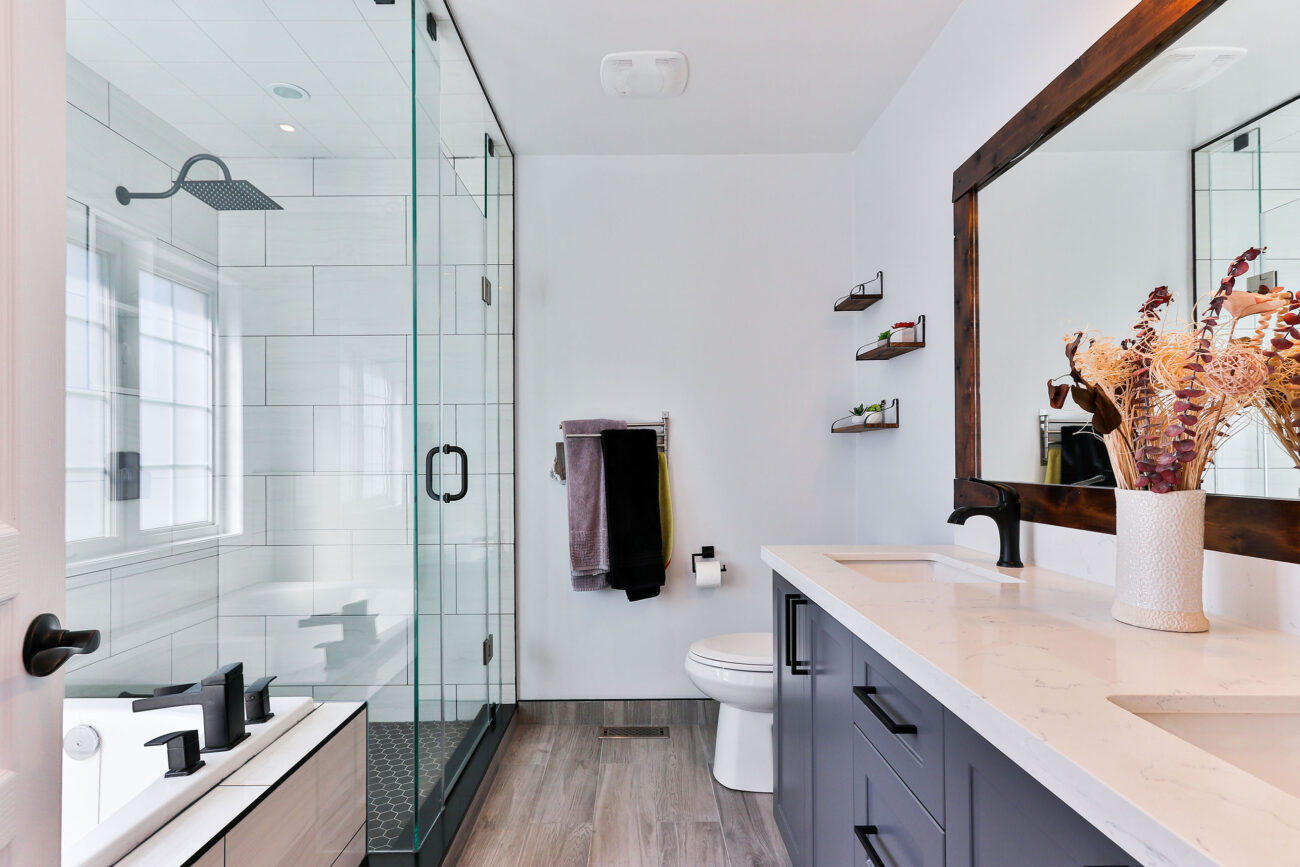When it comes to home decor, a rug can be the perfect finishing touch to a room. Not only does it add warmth and comfort, but it can also tie together the entire space. However, with so many different types, styles, and sizes to choose from, buying a rug can be overwhelming. To help make the process easier, here are some tips to keep in mind when purchasing a rug.
Firstly, it’s important to understand the different types of rugs available. From traditional hand-knotted rugs to modern machine-made options, each type has its own unique qualities and benefits. Additionally, rugs come in a variety of materials, including wool, silk, cotton, and synthetic blends. Understanding the different types and materials will help you make an informed decision when selecting a rug.
Another important factor to consider is the size of the rug and the space it will be placed in. Measuring your room and determining the best size and shape for your rug can help create a cohesive and balanced look. Additionally, assessing the quality and craftsmanship of the rug is essential to ensure it will last for years to come. By taking these factors into consideration, you can make a well-informed decision and find the perfect rug for your home.
Key Takeaways
- Understanding the different types of rugs and materials available is important when selecting a rug.
- Measuring your space and assessing the quality and craftsmanship of the rug are essential factors to consider.
- By taking these factors into consideration, you can make an informed decision and find the perfect rug for your home.
Understanding Rug Types
When it comes to buying a rug, it is important to understand the different types available to ensure that you make an informed decision. This section will explore the two main factors to consider when choosing a rug: material and weaving technique.
Material Considerations
The material of a rug can greatly affect its durability, texture, and overall appearance. Here are some common rug materials to consider:
| Material | Description |
|---|---|
| Wool | Soft, durable, and naturally stain-resistant. Ideal for high-traffic areas. |
| Silk | Luxurious and soft, but less durable than wool. Best suited for low-traffic areas. |
| Cotton | Affordable and easy to clean, but less durable than wool or silk. Great for casual or beachy spaces. |
| Synthetic | Made from materials like nylon or polyester, synthetic rugs are affordable and easy to clean. However, they may not be as durable as natural fibre rugs. |
Weaving Techniques
The way a rug is woven can also affect its texture and durability. Here are some common weaving techniques:
Hand-knotted: Each knot is tied by hand, resulting in a durable and high-quality rug. These rugs can take months to make and are often more expensive.
Hand-tufted: A tufting gun is used to push yarn through a fabric backing, creating a looped pile. Hand-tufted rugs are less expensive than hand-knotted rugs but still offer good quality.
Flatweave: These rugs are made by weaving the yarn back and forth, creating a flat surface with no pile. Flatweave rugs are durable and easy to clean, making them a great choice for high-traffic areas.
By understanding the different materials and weaving techniques available, you can make an informed decision when buying a rug that is both beautiful and practical.
Measuring Your Space
When buying a rug, it’s important to measure your space to ensure you get the right size. This will not only help you choose a rug that fits well but also ensure that it complements your furniture and doesn’t appear too small or too large for the room.
Room Size and Layout
Before measuring your space, consider the size and layout of your room. If you have a large room, you can opt for a larger rug, but if you have a smaller room, a smaller rug might work better. Additionally, if you have an open floor plan, you can use a larger rug to define different areas of the room, such as a seating area or a dining area.
When measuring your space, ensure that you measure the area where the rug will be placed, not the entire room. This will help you choose the right size rug that fits well in the designated area.
Proportion and Placement
In addition to the size of your room, you should also consider the proportion and placement of your furniture. If you have a large sofa, for example, you can use a larger rug to anchor it and create a cohesive look. Similarly, if you have a smaller coffee table, you can use a smaller rug to complement it.
When placing your rug, ensure that it’s centered and that the furniture is placed on top of it. This will help create a cohesive look and prevent the rug from appearing too small or too large for the space.
By measuring your space and considering the size, layout, proportion, and placement of your furniture, you can choose the right size rug that complements your room and creates a cohesive look.
Assessing Quality and Craftsmanship
When buying a rug, it is important to assess the quality and craftsmanship of the rug to ensure that you are getting a durable and long-lasting product. Here are some factors to consider:
Knot Count and Construction
The knot count and construction of a rug are important factors to consider when assessing its quality. A rug with a higher knot count is generally considered to be of higher quality as it takes longer to make and requires more skill. Hand-knotted rugs, which are made by tying individual knots onto the warp threads, are typically of higher quality than machine-made rugs.
In addition to knot count, the construction of the rug is also important. Look for rugs with a tight weave and straight edges. Loose or uneven edges may indicate poor construction and could lead to fraying or unraveling over time.
Durability and Maintenance
Durability and maintenance are also important factors to consider when buying a rug. Look for rugs made from high-quality materials, such as wool or silk, which are durable and easy to maintain. Synthetic materials, such as nylon or polyester, may be less expensive but are often less durable and may require more maintenance over time.
When assessing the durability of a rug, consider the thickness of the pile. A thicker pile may be more comfortable to walk on but may also be more difficult to clean. Rugs with a shorter pile are typically easier to maintain and clean.
Regular cleaning and maintenance can help prolong the life of a rug. Vacuum your rug regularly to remove dirt and debris, and consider professional cleaning every few years to keep your rug looking its best.
By assessing the quality and craftsmanship of a rug, you can ensure that you are getting a durable and long-lasting product that will be a beautiful addition to your home for years to come.
Style and Aesthetics
When buying a rug, style and aesthetics are important factors to consider. A well-chosen rug can enhance the overall look and feel of a room, while a poorly chosen rug can clash with the existing decor and throw off the balance of the space.
Colour and Pattern
When it comes to choosing a rug, colour and pattern are crucial considerations. Bold, bright colours can add a pop of personality to a room, while neutral colours can create a calming, cohesive feel. It’s important to consider the existing colour scheme of the room, as well as any patterns or textures that are already present. A rug with a busy pattern may not work well in a room with lots of other patterns, while a solid-coloured rug can provide a grounding effect in a room with lots of visual interest.
Current Trends
While it’s important to choose a rug that fits with your personal style and the existing decor of your home, it can also be helpful to consider current trends in rug design. For example, natural fibres like jute and sisal are very popular at the moment, as are vintage-inspired rugs with a worn, distressed look. However, it’s important not to get too caught up in trends and to choose a rug that you will love for years to come, regardless of what’s currently in style.
Overall, when it comes to style and aesthetics, it’s important to choose a rug that fits with your personal style and the existing decor of your home. By considering factors like colour, pattern, and current trends, you can find a rug that will enhance the overall look and feel of your space.
Purchasing and Budgeting
Price Comparison
When shopping for a rug, it is important to compare prices from different retailers. This can be done by visiting multiple stores or checking online. It is also important to consider the quality of the rug and the materials used. Cheaper rugs may be made with synthetic materials, while more expensive rugs may be made with natural materials such as wool or silk.
Another factor to consider is the size of the rug. Larger rugs will generally cost more than smaller ones. It is important to measure the space where the rug will be placed to ensure that the size is appropriate.
Investing in Longevity
While it may be tempting to purchase a cheaper rug, investing in a high-quality rug can save money in the long run. A well-made rug can last for many years, while a cheaper rug may need to be replaced more frequently.
When considering longevity, it is important to look at the materials used and the construction of the rug. Handmade rugs are generally of higher quality than machine-made rugs. Natural materials such as wool or silk are also more durable than synthetic materials.
In addition to the quality of the rug, it is important to properly care for it. Regular vacuuming and professional cleaning can help extend the life of the rug.
Overall, when purchasing a rug, it is important to consider both the price and the quality. By comparing prices and investing in a high-quality rug, buyers can ensure that they are getting the best value for their money.
Shop around
When it comes to buying a rug, it’s important to shop around to ensure that you’re getting the best quality and price. Here are a few tips to keep in mind:
Visit multiple stores: Don’t settle for the first rug you see. Visit multiple stores to compare prices and styles. You may find a better deal or a rug that better suits your needs at a different store.
Check online retailers: Online retailers often have a wider selection and lower prices than brick-and-mortar stores. Be sure to read reviews and check return policies before making a purchase.
Attend sales and events: Keep an eye out for sales and events at rug stores. You may be able to snag a great deal on a high-quality rug.
Ask for recommendations: If you have friends or family members who have recently purchased a rug, ask for their recommendations. They may be able to steer you towards a great store or brand.
By taking the time to shop around, you can ensure that you’re getting the best rug for your needs and budget.
Questions & Answers
When selecting a rug for your living room, it’s important to consider the size of the room and the furniture placement. A good rule of thumb is to choose a rug that is large enough to fit all of your furniture on top of it. This will help to create a cohesive and comfortable space. If your furniture is arranged in a more compact manner, a smaller rug may be appropriate.
The colour scheme of your rug should complement the overall colour palette of your room. Consider the existing colours of your walls, furniture, and accessories, and choose a rug that will tie everything together. Neutral colours are a safe choice, but don’t be afraid to add a pop of colour or pattern if it fits with your style.
A high-quality rug will be made from durable materials, such as wool or silk, and will have a tight weave. Look for rugs with a high knot count, which indicates a higher level of craftsmanship. Additionally, a good rug should feel soft and plush underfoot.
When purchasing a used rug, it’s important to inspect it carefully for any damage or wear. Look for stains, holes, or signs of moth damage. If possible, ask for a history of the rug’s use and care.
In the bedroom, a rug should provide a soft and comfortable surface for your feet to land on when getting out of bed. Consider a plush shag rug or a soft wool rug. Additionally, choose a rug that fits comfortably under the bed and extends beyond the sides.
The best material for a rug in your home will depend on your lifestyle and the amount of foot traffic in the room. Wool is a durable and long-lasting choice, while silk is more delicate and luxurious. Synthetic materials like nylon or polyester can be a good choice for high-traffic areas or homes with pets.




